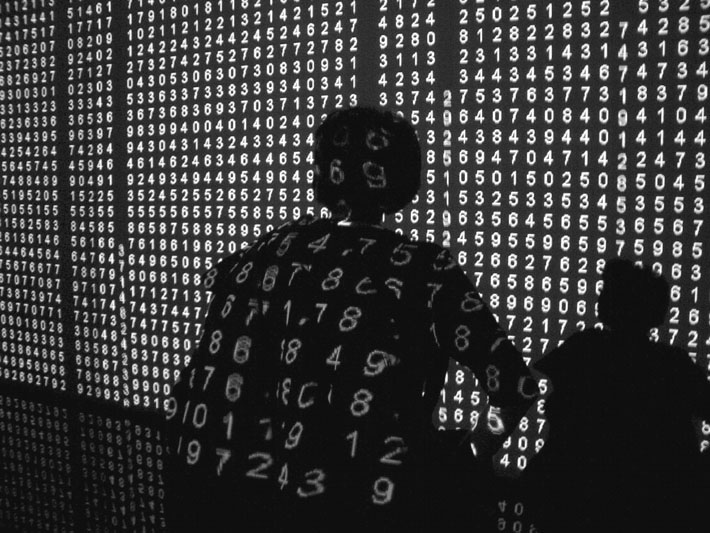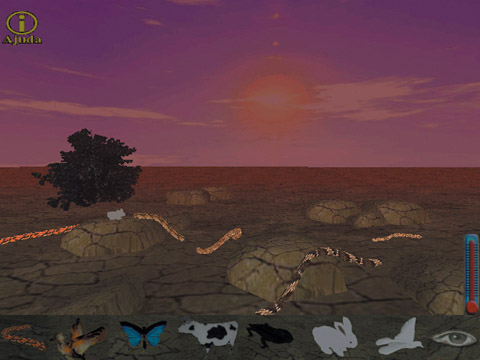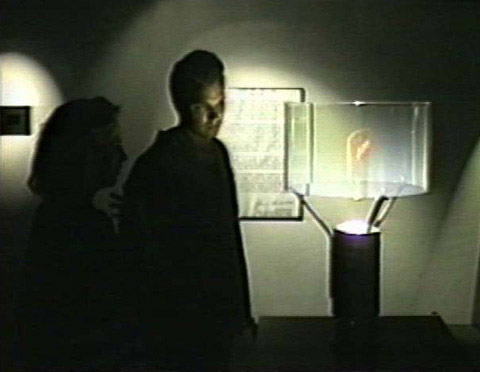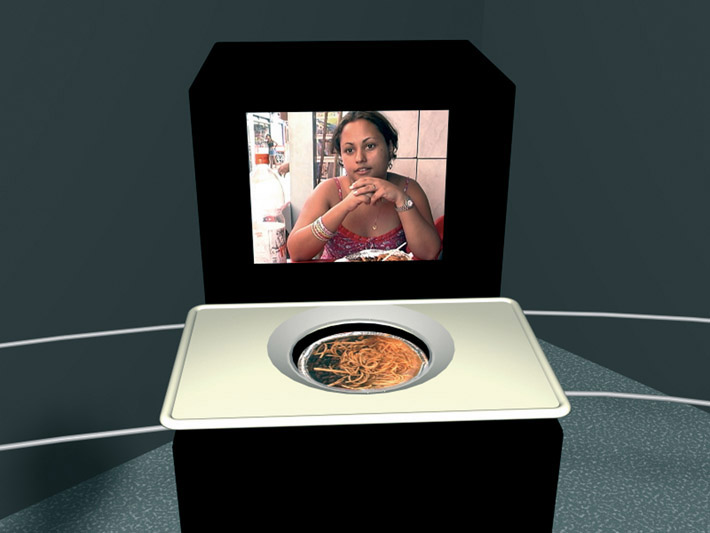| |
|
 |
 |
 |
Sopro (Blow)
00:05:30
2000
|
Réalisation
Cao Guimarães
Rivane Neuenschwander |
|
| |
Blow expresses the relationhip between what is inside and what is
outside. The multi-formed translucence of a bubble exhibits the world
that contains it and is contained by it. The bubble that never bursts
is a metaphor for the continuity of things. |
| |
|
| |
|
| |
|
| |
|
 |
 |
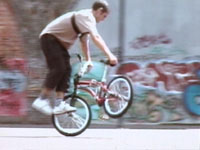 |
BMX
00:04:00
2002
|
Réalisation
Alexandre da Cunha |
|
| |
Sports, meditation, exhibitionism,
and self-help. A relaxing session. One, two, three: I believe in myself. |
| |
|
| |
|
| |
|
| |
|
 |
 |
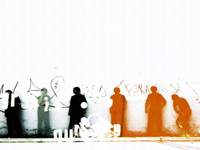 |
SÓ (Alone)
00:04:12
2000
|
Réalisation
Conrado Almada
Estúdio Mosquito |
|
| |
The video narrates the unusual journey of a young man into his own
Ego. There he finds himself alone, having only his person for company. |
| |
|
| |
|
| |
|
| |
|
 |
 |
 |
Souvenir
00:03:00
2003
|
Réalisation
Marcelo Braga |
|
| |
A digital souvenir with constant scratch and paradox |
| |
|
| |
|
| |
|
| |
|
 |
 |
 |
Nanofania (Nanophony)
00:03:00
2003
|
Réalisation
Cao Guimarães |
|
| |
Visual and sound composition of micromoments. |
| |
|
| |
|
| |
|
| |
|
 |
 |
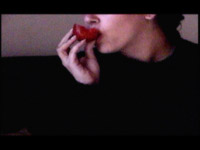 |
Papilas (Papillas)
00:03:22
2003
|
Réalisation
Renata Alencar |
|
| |
A "domestic videowrit" which explores the zones of the senses.
Desire and pleasure introduce themselves by means of synesthesic perceptions. |
| |
|
| |
|
| |
|
| |
|
 |
 |
 |
Desenho (Drawing)
00:08:07
2002
|
Réalisation
Juliana Alvarenga Freitas |
|
| |
A research on the India ink and the relation of the animal which produces
it with the human body. It uses supports such as the recording of
drawings on acetate, drawings retroprojected on the human body and
photographed in slides. |
| |
|
| |
|
|
|
 |
 |
 |
Deleuze enquanto modelo
vivo (Deleuze while a living
model)
00:03:00
2002
|
Réalisation
Marcellvs L. |
|
| |
The author intervenes in the images of a testimonial by French philosopher
Gilles Deleuze with traces of lipstick and resources that pixillize
the scene. The idea is to make that "the philosophy becomes image
and the image, a thought". |
| |
|
| |
|
| |
|












